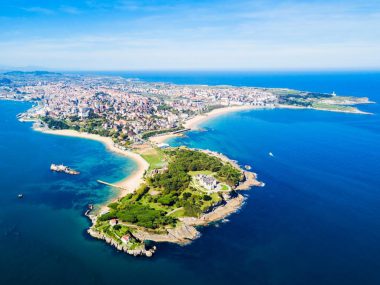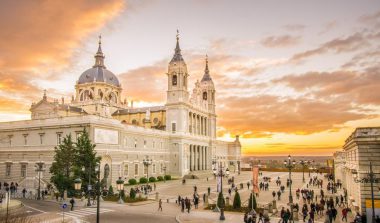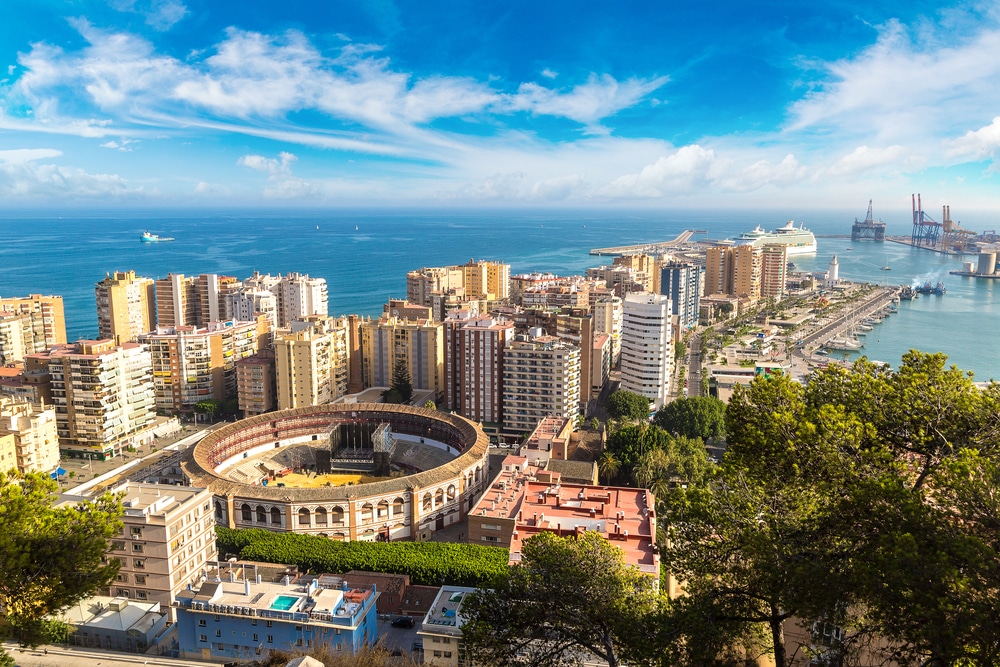Spain is one of the most popular travel destinations for Germans. The climate is mild almost all year round. With almost 5,000 kilometres of coastline, varied landscapes and a vibrant culture, Spain invites you to travel.
No matter where in Spain travelers stay, there is always something to see. Adventure tours through Spain not only offer varied history, but also great landscapes, culinary highlights and local customs.
If you want to experience Spain in all its facets, you should not miss an adventure trip through the Iberian Peninsula. A round trip with like-minded people to get to know Spain together is also a good idea. In many different regions, suitable group accommodation in Spain can also be booked.
Green landscapes and exciting history

A journey through the north of Spain beckons with green landscapes and exciting history. Here travelers can follow in the footsteps of the history that the Way of St. James has in store. There is a lot to see in Santiago de Compostela, where the Camino de Santiago ends. The medieval old town and cathedral of Santiago de Compostela should not be missing on any adventure trip.
The Principality of Asturias and Cantabria are also worth seeing. Asturias on the green coast of Costa Verde is home to the oldest religious buildings in Spain. In Cantabria there are mountains and sea. Santander, the capital of Cantabria, is located directly on the Cantabrian coast. In the fishing district of Barrio Pesquero there are numerous restaurants and local delicacies.
Other regions worth seeing in the north of Spain are the Basque Country and Catalonia. The autonomous community of Catalonia is located between the Mediterranean Sea and the Pyrenees. The Costa Brava and Barcelona are probably among the most popular holiday regions in Spain. Every year, millions of travelers flock to Barcelona. There is a lot to see here and trendy districts. The most famous are probably the Cathedral, Casa Batlló and Casa Milà.
Hot summers and cold winters alternate

The journey continues in the direction of central Spain. Popular destinations for group tours are Madrid, Segovia and Toledo. The landscapes are characterized by hot summers and cold winters. The optimal time to travel is in spring and autumn. Central Spain is home to the autonomous communities of Castilla y León, Castile-La Mancha, Comunidad de Madrid and Extremadura.
If you are interested in history and culture, Castilla y León is the right place for you. There are more UNESCO World Heritage Sites in this area than anywhere else in Europe. The region is surrounded by the Cantabrian Mountains to the north and the Castilian Mountains to the south. Part of the Camino de Santiago runs through the region. The cities of León, Ávila, Segovia and Salamanca, among others, are worth seeing.
Madrid is considered a city that never sleeps. No matter what time there is always something going on here. In the metropolis of Madrid there are good restaurants, many museums and sights such as the historic center and the Royal Palace. The park, Parque del Retiro and Paseo de Prado are UNESCO World Heritage Sites. There are over 15,000 trees in the park on an area of 125 hectares. The local recreation area is one of the most beautiful in Spain.
In Extremadura , the original Spain can be experienced. Between rivers and reservoirs there are endless pastures and cities such as the Roman city of Mérida and Plasencia with its medieval city center. A trip to the Tajo International and Monfragüe national parks is a must on any adventure trip.
Between cork oak forests and whales off the coast
In southern Spain , group travellers can enjoy themselves on over 800 kilometres of coastline. Most of the coast is located on the Mediterranean Sea, which meets the Atlantic Ocean in Tarifa. The Sierra Nevada mountain range is home to the highest peak on the Spanish mainland. The summer months are hot and the winters are mostly mild.
When traveling through southern Spain, the cities of Málaga, Granada, Cádiz, Córdoba and Almería are part of the itinerary. In southern Spain there are many white villages with narrow streets and local customs. Popular destinations are Ronda, Olvera and Casares.
For nature lovers, in addition to the coasts, there are also cork oak forests and bizarre rock formations to admire. Every year, millions of migratory birds can be seen in southern Spain on their way to Africa. Off the coasts there are dolphins and whales that can be observed.


